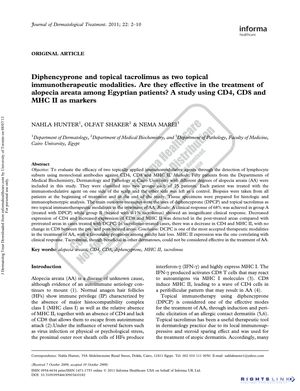TLDR Diphencyprone is effective for treating patchy hair loss in alopecia areata, but tacrolimus is not.
In a study involving 50 Egyptian patients with alopecia areata (AA), the efficacy of two topical immunomodulative agents, diphencyprone (DPCP) and 0.1% tacrolimus, was evaluated. Patients were divided into two groups of 25, with one group treated with DPCP and the other with tacrolimus. Each patient received treatment on one side of the scalp, while the other side served as a control. Biopsies before and after treatment showed that DPCP treatment resulted in a 68% clinical response rate, with decreased CD4 expression and increased CD8 and MHC II expression in treated areas. In contrast, tacrolimus treatment did not significantly affect clinical response and showed a decrease in CD4 and MHC II expression without changes in CD8. The study concluded that DPCP is an effective treatment for AA, particularly in cases of patchy hair loss, with MHC II expression correlating with clinical response, while tacrolimus was not considered effective for AA treatment.
24 citations
,
March 2009 in “Archives of dermatological research” The combination of oral PUVA and corticosteroids helps regrow hair in severe alopecia areata.
253 citations
,
December 2007 in “Journal of Investigative Dermatology” Hair follicles prevent NK cell attacks to avoid hair loss.
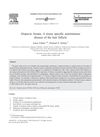 185 citations
,
August 2005 in “Autoimmunity Reviews”
185 citations
,
August 2005 in “Autoimmunity Reviews” Alopecia areata is an autoimmune condition causing hair loss due to the immune system attacking hair follicles, often influenced by genetics and stress.
58 citations
,
May 2004 in “British Journal of Dermatology” Diphenylcyclopropenone treatment helps hair growth in alopecia areata by promoting blood vessel growth and cell survival.
69 citations
,
July 2002 in “Clinical and Experimental Dermatology” Alopecia areata is influenced by genetics and immune system factors, and better understanding could improve treatments.
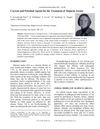 41 citations
,
February 2001 in “Current pharmaceutical design”
41 citations
,
February 2001 in “Current pharmaceutical design” Current and future treatments for alopecia areata focus on immunosuppression, immunomodulation, and protecting hair follicles.
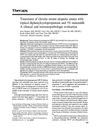 41 citations
,
November 1993 in “Journal of The American Academy of Dermatology”
41 citations
,
November 1993 in “Journal of The American Academy of Dermatology” DPCP helps treat severe hair loss, but 5% minoxidil doesn't add benefits.
84 citations
,
August 1991 in “British Journal of Dermatology” Most children treated with diphencyprone regrew some or all of their hair.
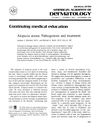 122 citations
,
November 1984 in “Journal of the American Academy of Dermatology”
122 citations
,
November 1984 in “Journal of the American Academy of Dermatology” No single treatment is consistently effective for alopecia areata, and more research is needed.
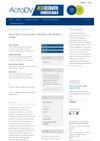 October 2023 in “Acta dermato-venereologica (Print)”
October 2023 in “Acta dermato-venereologica (Print)” People with severe hair loss have lower zinc levels in their blood.
